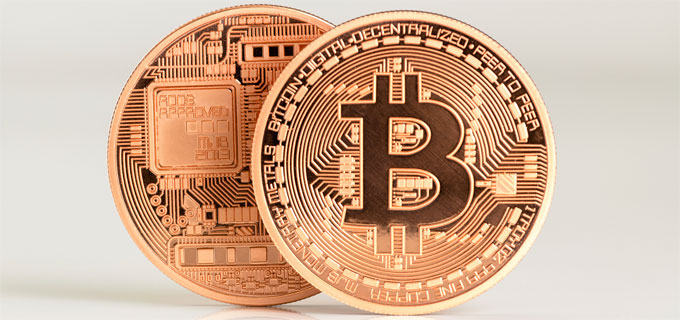If you work in payments, you will for sure have been part of a Bitcoin debate in the last 12 months. Until recently, such discussions usually took one of two forms: they were either pep rallies or exorcisms. Actually, the most entertaining events in my memory happened when participants turned up expecting one, and got the other.
A brief terminological note: “cybercurrencies” in this context means any open protocol for the retention and transfer of value where the attribution of value, and the recognition of ownership, does not derive from or rely on a national currency. There are many ways of doing this, including open loyalty schemes, game currency platforms and algorithmic currencies, but the best known is Bitcoin.
Emotions have been running high on this topic. True believers gather together to reinforce their preconception that Bitcoin is to payments what Napster was to the music industry, so that world domination is only a few clicks away. Conversely, traditionalists meet and mutter darkly about “fads” and illegal online activity, reminding each other of the long list of “next big things” in payments, that weren’t.
It’s high time to get past these reactions. Last month’s SIBOS (the world’s largest payments conference, hosted by Swift in Boston) devoted a strand of the conference agenda to cybercurrencies. I had the sense that the echo chamber problem – true believers and traditionalists listening only to their own kind, and not to each other – was dissipating, and a more balanced understanding was emerging.
The first point to make is that the underlying technology is seriously innovative. This is the block chain. For the first time, an open and constantly evolving community of networked servers can reach community agreement on how many units of an asset exist at a given time (how many Bitcoin have been “mined”), who owns them and when ownership has moved from one “person” to another. This is indeed revolutionary in its implications: it frees value and ownership from the need to rely on a single register. This overturns a couple of hundred years of economic orthodoxy: value and ownership of financial assets must rest on promises by reliable economic “persons” – in the case of money, this meant governments and regulated banking entities. Now, we are being asked to trust the cloud – or the technology, if you will. This is exhilarating, or terrifying, or both, depending on your perspective.
The second point is that for everybody other than cyber-anarchists, removing the relationship of trust at the root of fiat currency looks like a solution is search of a problem. Whatever view you hold of the efficiency of the world’s payments systems, their biggest challenges or limitations are generally NOT the relationships of trust they rest on. The “bang for buck” challenges are always about improving network efficiency, both static (reach, reliability, security) and dynamic (innovation and competition). Bitcoin’s legitimate efficiency agenda is mixed in with a much more dubious cyber anarchic agenda.
The path forward is to try and put aside the bias against central banking and banks in general and think about the potential of the block chain to become incorporated into and transform a wide range of existing financial activities. As the Bank of England recently observed, most financial assets (securities, derivatives and other financial instruments) already exist only in virtual form. So, the potential to facilitate their design, manufacture, distribution, transfer and risk management using block chain technology appears significant, and well worth deeper analysis.
In the world of payments, Ripple’s idea of using the block chain for real-time, cross-border payments looks like an example of this thinking. There is no focus on a new currency, but plenty of disruptive challenging of legacy networks and processing methods. I have no view on whether this will work, but the disruption is healthy. If the idea has potential, it is likely to take off if and when it is backed by big existing brands and networks. Trust still matters.
Far from being a banker’s nemesis, the block chain might just be her new best friend.



